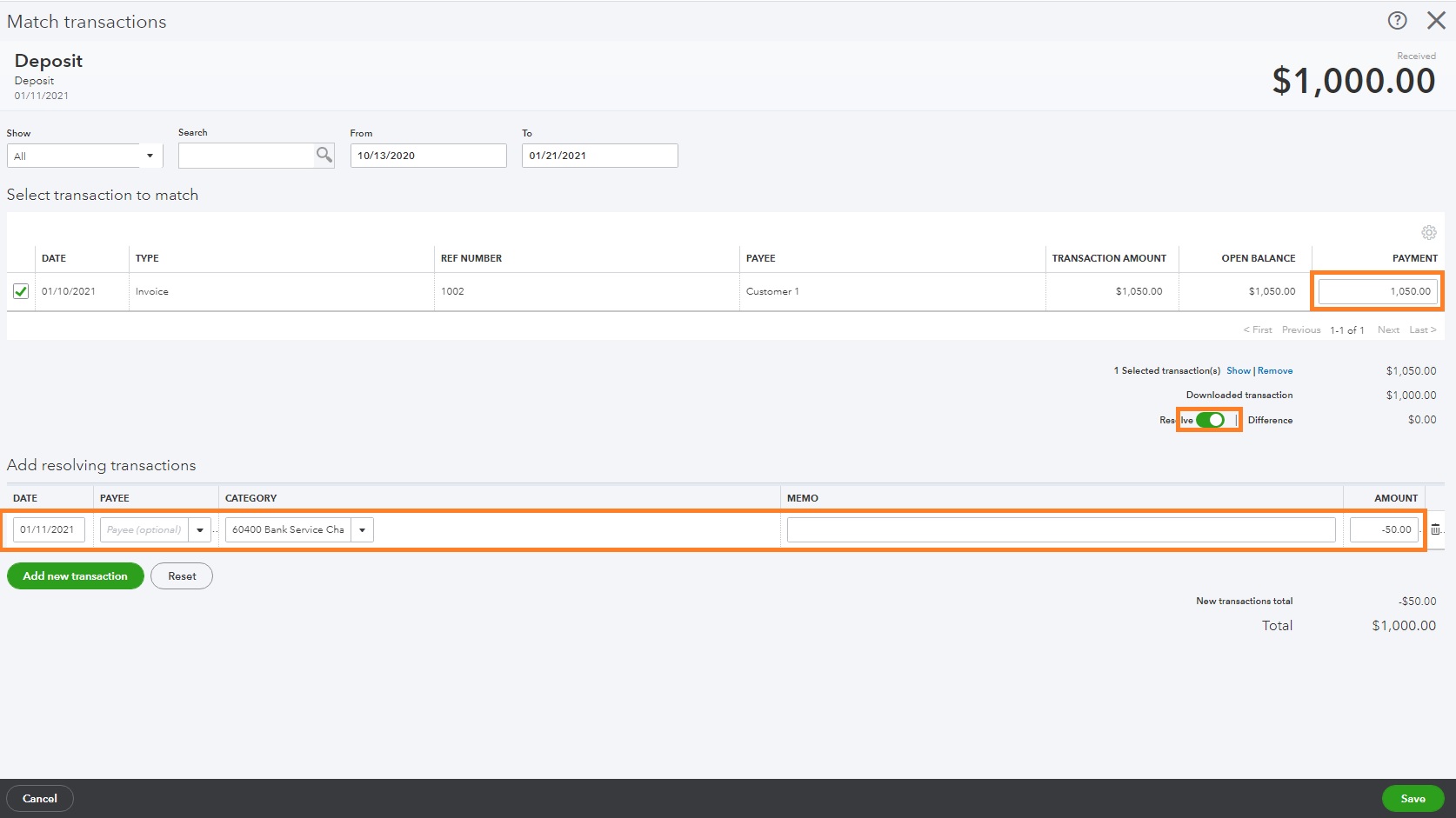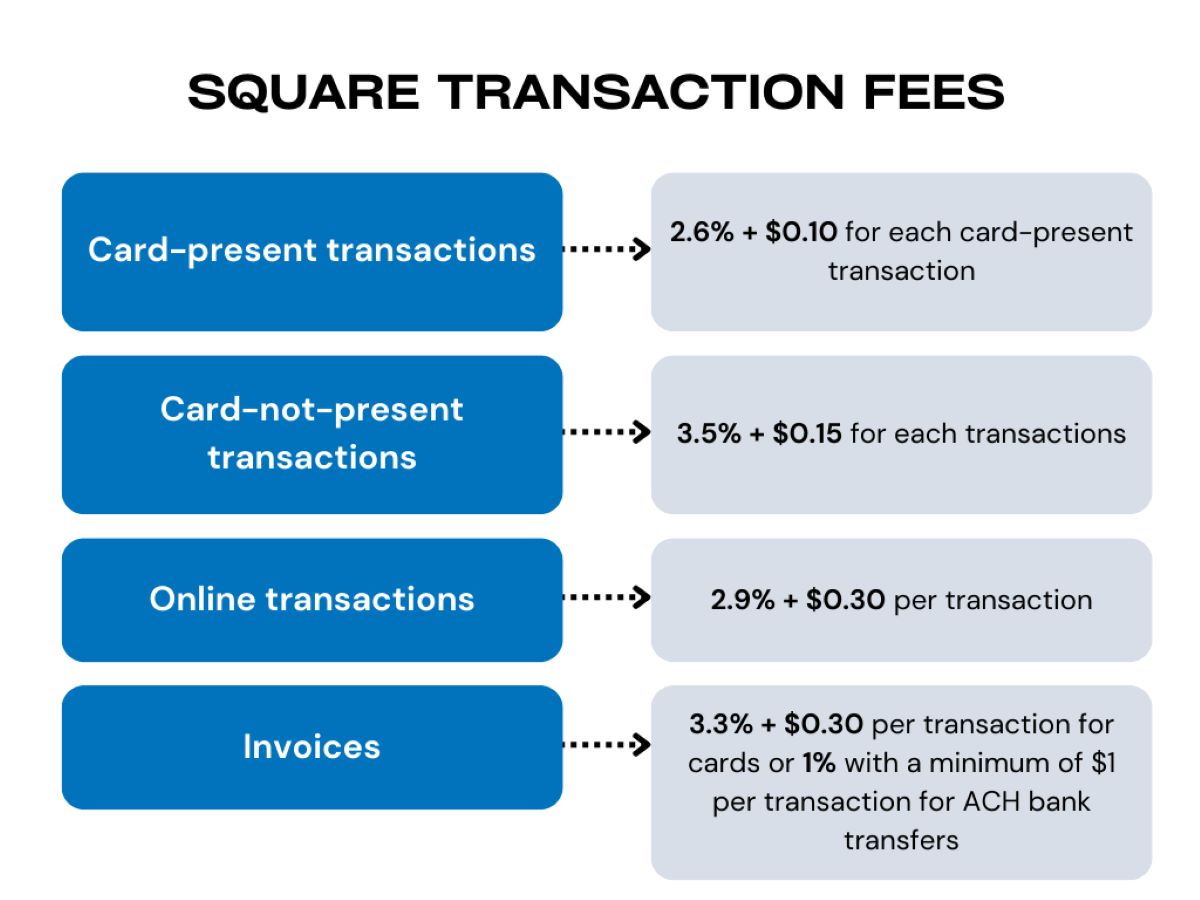

Finance
What Is The Merchant Fee For Amex
Published: February 23, 2024
Learn about the merchant fee for American Express and its impact on your finances. Understand the costs and benefits to make informed decisions.
(Many of the links in this article redirect to a specific reviewed product. Your purchase of these products through affiliate links helps to generate commission for LiveWell, at no extra cost. Learn more)
Table of Contents
Introduction
Understanding the World of Merchant Fees
Merchant fees are an essential aspect of conducting business, especially in the realm of credit card transactions. These fees are the costs that a merchant must pay to accept credit and debit card payments from customers. For businesses, understanding and managing these fees is crucial for maintaining healthy profit margins and sustainable operations.
When it comes to credit card transactions, different card networks have varying fee structures, and one such network is American Express, commonly known as Amex. In this article, we will delve into the specifics of merchant fees for American Express and explore the factors that influence these fees. Additionally, we will discuss strategies for negotiating Amex merchant fees, empowering merchants to make informed decisions and optimize their financial processes.
Join us on this insightful journey as we demystify the world of Amex merchant fees and equip you with the knowledge to navigate this aspect of business with confidence and expertise.
Understanding Merchant Fees
Merchant fees, also known as credit card processing fees, are the charges imposed on merchants for accepting electronic payments, including credit and debit card transactions. These fees are a fundamental component of the payment processing ecosystem and play a pivotal role in the financial dynamics of businesses that accept card payments.
When a customer makes a purchase using a credit or debit card, the merchant acquires the funds through a complex network of intermediaries that facilitate the transaction. These intermediaries include the card-issuing bank, the card network (such as Visa, Mastercard, or American Express), the merchant's acquiring bank, and the payment processor. Each entity involved in this process levies a fee, contributing to the overall merchant fee.
Merchant fees typically consist of several components, including interchange fees, assessment fees, and payment processor fees. Interchange fees are set by the card networks and are paid to the card-issuing bank. Assessment fees are charges from the card networks, and payment processor fees are the costs associated with the services provided by the payment processor.
It's important to note that the structure of merchant fees can vary based on factors such as the type of card used (credit or debit), the card network involved, the transaction method (in-person, online, or mobile), and the merchant's industry. Understanding the nuances of these fees is crucial for businesses to effectively manage their payment processing expenses and optimize their financial performance.
By comprehending the intricacies of merchant fees, merchants can make informed decisions regarding their payment acceptance strategies, pricing models, and operational efficiency. Furthermore, gaining clarity on merchant fees empowers businesses to explore cost-saving opportunities and enhance their overall financial health.
Merchant Fees for American Express (Amex)
When it comes to American Express, commonly referred to as Amex, the merchant fees differ from those associated with other card networks. Amex is renowned for its premium cardholder services and rewards programs, and as a result, the associated merchant fees may reflect the added value provided to cardholders.
One distinctive characteristic of Amex merchant fees is the higher average cost compared to other card networks. This is primarily attributed to Amex’s focus on affluent and high-spending cardholders, which entails elevated service expectations and premium benefits. As a result, merchants accepting Amex cards may encounter higher processing fees compared to transactions made with Visa or Mastercard.
Amex offers merchants two primary pricing models for processing transactions: the discount rate model and the flat-rate model. The discount rate model involves a percentage fee based on the transaction amount, along with a per-transaction fee. This model is often tailored to the specific business type, transaction volume, and average transaction size. On the other hand, the flat-rate model entails a consistent percentage fee for all transactions, simplifying the fee structure for merchants.
Furthermore, Amex may also impose non-qualified and mid-qualified surcharges for certain transactions, adding an additional layer of complexity to the fee structure. These surcharges are applied to transactions that do not meet specific criteria, such as rewards card transactions or transactions that are manually keyed in rather than swiped or dipped.
Despite the potentially higher cost associated with Amex merchant fees, many businesses opt to accept Amex cards due to the network’s affluent customer base and the potential for increased sales and customer satisfaction. Moreover, by strategically managing Amex merchant fees and leveraging the network’s brand appeal, businesses can capitalize on the opportunities presented by catering to Amex cardholders.
Factors Affecting Amex Merchant Fees
Several factors influence the merchant fees associated with American Express (Amex) transactions, shaping the cost structure for businesses that accept Amex cards. Understanding these factors is essential for merchants seeking to optimize their payment processing expenses and maximize the value derived from accepting Amex payments.
- Card Type: The type of Amex card used for a transaction can significantly impact the merchant fees. Premium cards, such as Amex Platinum or Centurion, often entail higher processing costs due to the extensive benefits and rewards offered to cardholders.
- Transaction Volume: The volume of Amex transactions processed by a merchant can influence the negotiated rates and fee structures. Higher transaction volumes may provide leverage for merchants to negotiate more favorable terms with Amex.
- Industry Category: The merchant’s industry category plays a role in determining the Amex merchant fees. Certain industries may be categorized as high-risk or have specific compliance requirements, which can impact the fee structure.
- Transaction Method: The method used to process Amex transactions, such as in-person, online, or mobile payments, can affect the associated fees. Each transaction method may have distinct fee structures based on the associated risk and processing requirements.
- Card-Present vs. Card-Not-Present Transactions: Transactions where the physical Amex card is present during the payment process typically carry lower processing costs compared to card-not-present transactions, which are inherently associated with higher risk.
Additionally, Amex may consider the merchant’s processing history, chargeback ratios, and overall relationship with the card network when determining the applicable fees. Establishing a positive track record and demonstrating a commitment to providing exceptional customer experiences can potentially influence the negotiated merchant fees.
Furthermore, the competitive landscape and market dynamics can impact the merchant fees, especially in regions with a strong Amex cardholder base. Understanding the local market conditions and consumer preferences can provide valuable insights for merchants aiming to optimize their fee structures and capitalize on the potential benefits of accepting Amex payments.
By comprehensively analyzing these factors, merchants can strategically navigate the complexities of Amex merchant fees, identify opportunities for cost optimization, and cultivate mutually beneficial relationships with American Express, ultimately enhancing their payment acceptance capabilities and financial performance.
Negotiating Amex Merchant Fees
Effectively negotiating merchant fees with American Express (Amex) can yield substantial benefits for businesses, enabling them to manage costs, enhance profitability, and optimize their overall financial operations. While Amex is known for its premium cardholder services and associated merchant fees, proactive negotiation strategies can empower merchants to secure favorable terms and maximize the value derived from accepting Amex payments.
Here are key considerations and strategies for negotiating Amex merchant fees:
- Understand Your Transaction Profile: Before entering into fee negotiations with Amex, it is crucial to have a comprehensive understanding of your transaction volume, average ticket size, industry category, and the specific Amex card types your business frequently encounters. This data serves as a foundation for initiating informed discussions with Amex representatives.
- Emphasize Customer Value: Highlight the value that your business brings to Amex through the acceptance of its cards. Emphasize the potential for increased sales, enhanced customer satisfaction, and access to a desirable customer demographic that Amex cardholders represent. Demonstrating the mutual benefit of a positive partnership can create a compelling case for negotiating favorable merchant fees.
- Explore Customized Fee Structures: Engage in discussions with Amex to explore tailored fee structures that align with your business model and transaction profile. Customized pricing models can potentially optimize the cost of accepting Amex payments based on your unique operational requirements and customer base.
- Utilize Transaction Data and Insights: Leverage transaction data and analytics to showcase your business’s performance and the potential for continued growth in Amex transactions. Data-driven insights can substantiate your negotiation positions and provide visibility into the value generated through your partnership with Amex.
- Consider Long-Term Partnership Benefits: Position fee negotiations within the context of a long-term partnership with Amex. Express a commitment to driving mutual success and explore the potential for evolving fee structures as your business expands and deepens its relationship with the card network.
- Seek Professional Guidance: For complex negotiations or when navigating intricate fee structures, consider engaging financial or legal professionals with expertise in payment processing and merchant services. Their insights and negotiation prowess can bolster your efforts to secure advantageous merchant fee arrangements with Amex.
By approaching fee negotiations strategically and leveraging the value your business brings to the table, you can cultivate a constructive dialogue with Amex and explore opportunities for optimizing merchant fees while strengthening your partnership with the card network.
Ultimately, proactive negotiation and collaboration with Amex can lead to more favorable fee structures, improved financial outcomes, and a strengthened position for your business in the competitive landscape of payment acceptance.
Conclusion
Merchant fees for American Express (Amex) transactions represent a significant aspect of the financial landscape for businesses that accept card payments. Understanding the intricacies of Amex merchant fees, including the factors influencing the fee structures and the strategies for negotiation, is essential for merchants to effectively manage their payment processing expenses and capitalize on the opportunities presented by catering to Amex cardholders.
By gaining insights into the unique characteristics of Amex merchant fees, businesses can make informed decisions regarding their payment acceptance strategies, fee structures, and partnerships with the card network. The higher average cost associated with Amex transactions necessitates a strategic approach to negotiating merchant fees, emphasizing the value that businesses bring to the partnership and exploring customized fee arrangements that align with their operational needs.
Furthermore, merchants can leverage transaction data, industry insights, and professional guidance to navigate the complexities of fee negotiations and position themselves for favorable outcomes. Proactive engagement with Amex representatives and a focus on long-term partnership benefits can pave the way for optimized fee structures that support sustainable growth and financial performance.
Ultimately, the world of Amex merchant fees presents both challenges and opportunities for businesses, and by embracing a proactive and strategic approach, merchants can navigate this landscape with confidence, enhance their payment acceptance capabilities, and drive mutual success in collaboration with American Express.
As businesses continue to evolve in the digital era, the management of merchant fees remains a critical consideration, and the insights gained from understanding and negotiating Amex merchant fees can empower merchants to thrive in an increasingly competitive and dynamic marketplace.














